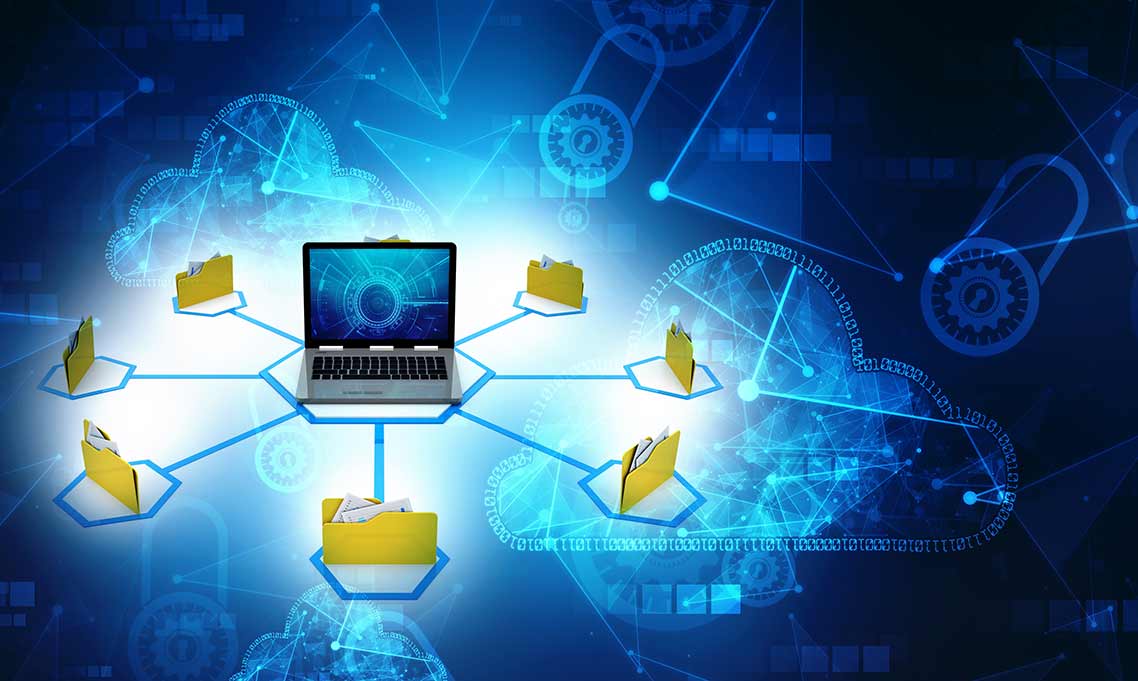
What Is a Virtual Workspace and What Are Its Benefits?
A virtual workspace is a workplace where users are digitally connected regardless of their physical location. Users who belong to a virtual workspace bridge the physical distance, separating them with an array of tools designed to foster close communication and collaboration. A virtual workspace replicates a physical office in the real world.
Delivering Virtual Workspaces
Virtual workspaces are mainly used for high-performance and low-cost remote work. They rely on virtualization software, which abstracts operating systems, applications, and data from a computing device’s underlying hardware. A virtual workspace can be moved easily to a more powerful server.
Virtual workspaces can also run on heavy-duty centralized servers of underlying virtual desktop infrastructure (VDI) or Remote Desktop Services (RDS) implementation. This allows for load balancing, maintenance on hardware, on-demand compute power addition, and redundancy.
Moreover, virtual workspaces are more secure as the stored data resides in the cloud or any centralized server storage. The ability to run several operating systems simultaneously on the same hardware makes users more inclined toward using a virtual workspace.
Virtual Workspace Challenges
Implementing the technology stack of a virtual workspace, such as VDI or remote desktop, could be a cumbersome and costly process and requires expertise depending on the solution. Licensing for such a model is not lacking hidden costs since not all features are available under a single license in many virtualization solutions. In addition, setting up virtual machines may require additional components, increasing complexity in maintenance and cost.
With virtual workspaces generally running daily computational tasks, downtime might cause rework, resulting in higher costs. Load balancing with high availability might be required to avoid unforeseen system crashes.
Benefits of Virtual Workspaces
While challenges exist, there are numerous benefits to using virtual workspaces, including:
- Eases the transition to remote work. During the pandemic, many employees thrived while working from home with the help of virtual workspaces. Using tools already at their disposal, employees can work in the safety and comfort of their homes while maintaining productivity.
- No physical office space means lower costs. With office space largely irrelevant in a virtual workspace, you don’t have to pay rent and the associated costs that come with an office, e.g., security and maintenance. You can also scale up your team when needed without spending that much.
- More market opportunities and higher profits. Since you can recruit employees from anywhere globally, you can tap these same people to look for business opportunities within their locales. Moreover, you can generate higher profits based on the many savings opportunities accompanying virtual workspaces.
- Environment-friendly. Since employees don’t need to commute anymore, lower emissions result.
Parallels RAS Delivers Virtual Workspaces Securely
Parallels® Remote Application Server (RAS) is an all-in-one, easy to deploy, and cost-effective virtualization solution that offers application and desktop delivery under a single license and alleviates the need to install any supporting components.
Parallels RAS is compatible with the major high-performance hypervisors and can easily be deployed on-premises, public cloud, or in hybrid infrastructure. It also supports linked-clone technology that expedites the on-demand deployment of any number of VMs which can work as virtual workspaces.
Enabling virtual workspaces with Parallels RAS ensures secured access to data with features like multi-factor authentication, data encryption, and granular access filtering. Parallels RAS also features High-Availability Load Balancing (HALB), which lowers the probability of any downtime.
Parallels RAS enhances Microsoft RDS protocol for remote desktop use and includes Microsoft RemoteFX technology for intensive graphic rendering, ensuring a best-in-class end user experience.
Check out the benefits for yourself!

